Introduction
Commensalism is a type of biological relationship between two living organisms in which one organism benefits, while the other is neither harmed nor helped.
In simple terms: One organism gains something (like food, shelter, or transportation), and the other organism remains unaffected — it doesn’t get hurt or helped.
Example:
A barnacle attaching to a whale for transportation and food particles — the barnacle benefits, and the whale isn’t affected.
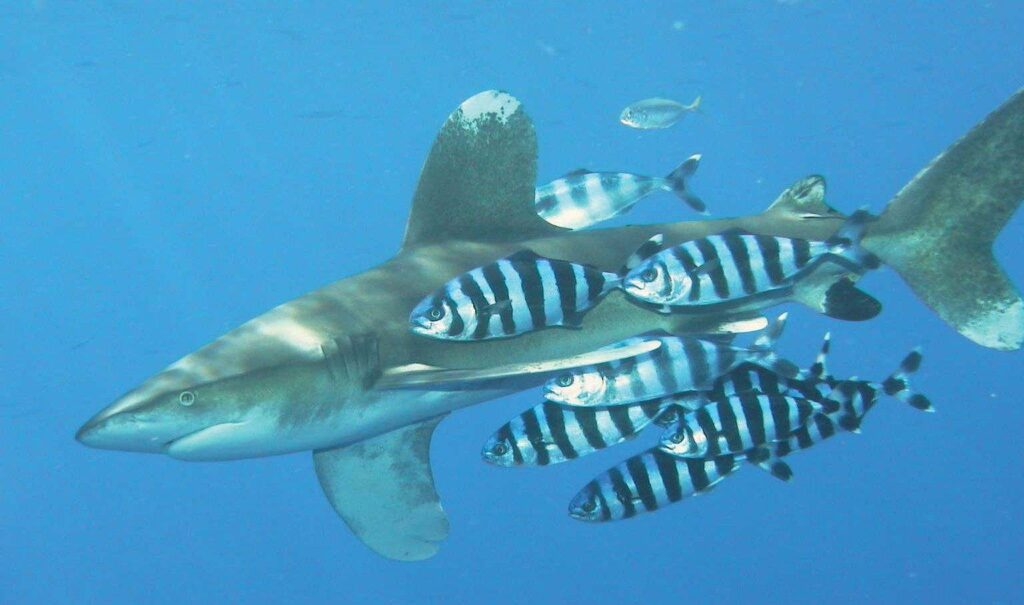
Nature is full of fascinating relationships among organisms. Some fight, some cooperate, and some simply coexist. Among these interactions, commensalism is a unique form of symbiosis that might not seem as dramatic as predation or parasitism but plays a subtle and essential role in ecosystems. This article will explore commensalism in detail, breaking it down into its definition, various types, and real-life examples to help you understand how it works in the natural world.
Table of Contents
What is Commensalism?
Definition
It is a type of biological interaction between two living organisms where one benefits, and the other is neither helped nor harmed. The term comes from the Latin words “com” (together) and “mensa” (table), implying that one species shares a resource (like food or shelter) with another without affecting it.

In commensal relationships:
- One species gains something (food, habitat, transport, etc.).
- The other species is unaffected — not hurt, not helped.
This neutrality makes it stand out from mutualism (both benefit) and parasitism (one benefits at the other’s expense).
Characteristics
- One-sided benefit: Only one organism gets a benefit.
- Neutral host: The other organism does not gain or lose anything.
- Non-parasitic: Unlike parasites, the commensal does not harm the host.
- Often passive: The relationship is often indirect or non-invasive.
- Species-specific or general: Some commensal relationships are very specific, while others involve a wide range of organisms.
Types of Commensalism
Biologists have identified several distinct types of commensalism based on how the commensal benefits. These include:
1. Inquilinism
In this type, one organism lives inside the home or habitat of another.
Example:
- Epiphytic plants (like orchids or ferns) growing on large trees in tropical forests. The tree provides support but receives no benefit or harm.
2. Phoresy
Phoresy refers to an organism using another organism for transportation.
Example:
- Mites on insects, such as a mite hitching a ride on a beetle or a fly.
- Remora fish attaching to sharks. They get transported and feed on scraps, while the shark is unaffected.
3. Metabiosis
This is when one organism benefits from another after its death, often by using its remains or altered environment.
Example:
- Hermit crabs using empty snail shells for protection.
- Scavengers using the leftover food or shelter created by another species.
4. Microbiota
Some microorganisms live inside or on larger organisms without causing harm and without helping.
Example:
Certain bacteria living on human skin or in the gut that neither help nor harm us (though some may be mutualistic).
5. Shelter
In this type, the commensal finds a safe place to live without disturbing the host.
Example:
Barnacles on whales: Barnacles attach to whale skin, gaining transport and feeding opportunity, while the whale remains unaffected.
Real-Life Examples
Let’s look at some examples from different ecosystems to understand how it manifests in nature.
1. Trees and Epiphytes
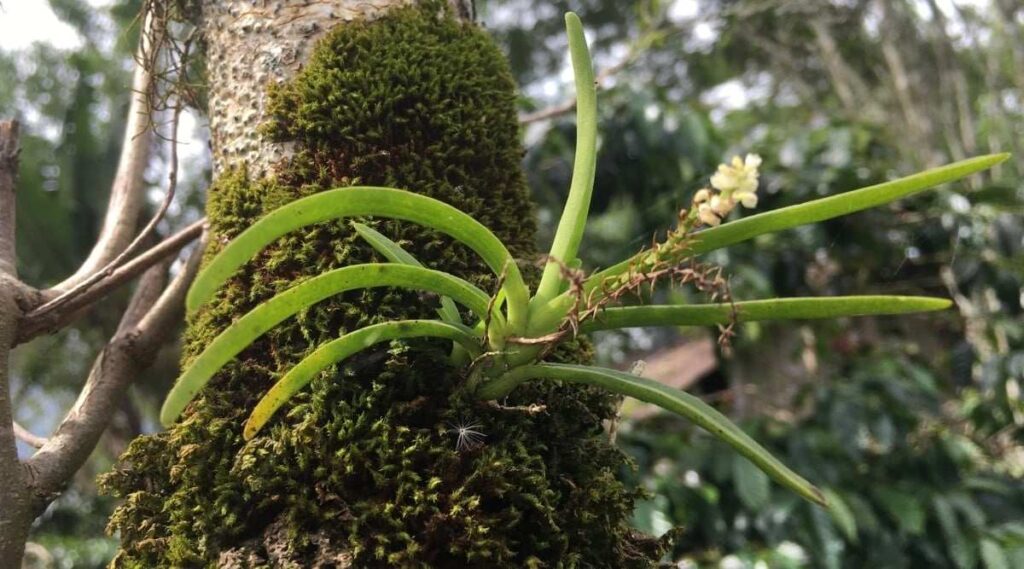
- Epiphytes, like mosses, ferns, or orchids, grow on tree branches.
- They receive sunlight and rainwater without taking nutrients from the tree.
- The tree remains unaffected — the relationship is purely spatial.
2. Cattle and Cattle Egrets

- Cattle egrets follow cattle as they graze.
- The movement of cattle stirs up insects.
- Egrets feed on these insects.
- The cattle don’t benefit or suffer — classic commensalism.
3. Whales and Barnacles
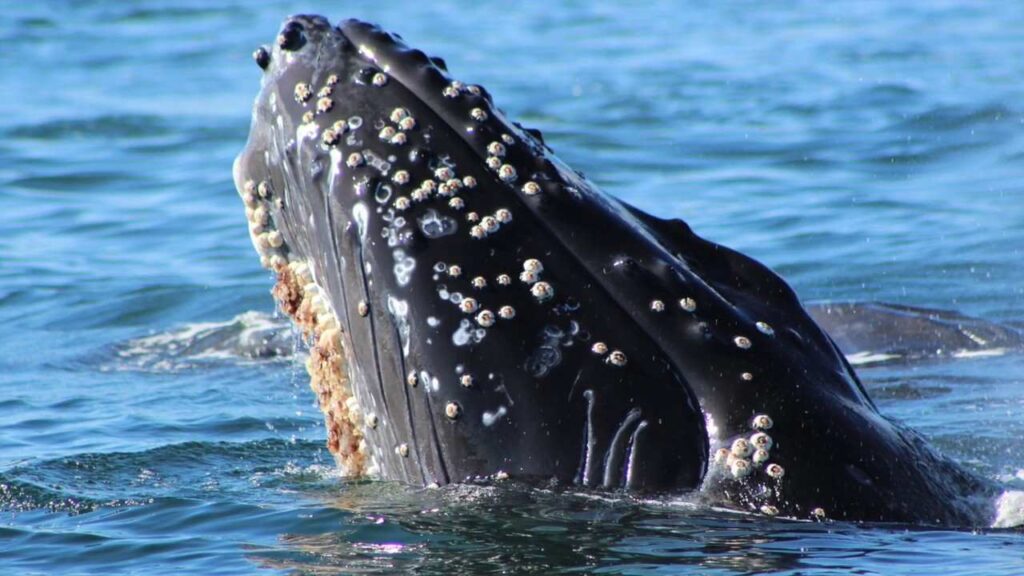
- Barnacles attach to whales and filter food from the surrounding water.
- The whale provides movement and access to food.
- The whale experiences no harm or benefit.
4. Sea Cucumbers and Pearlfish
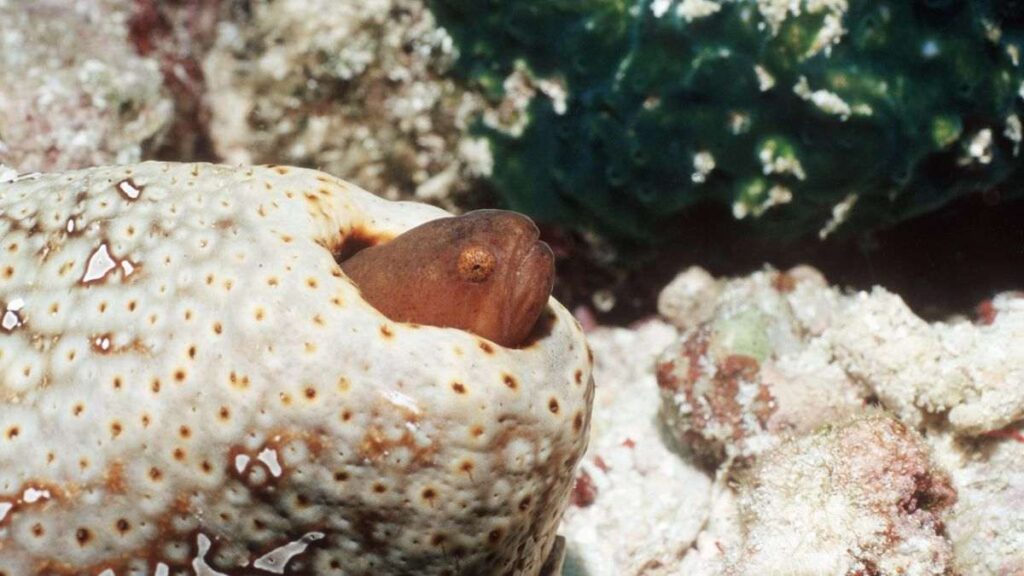
- Pearlfish live inside the cloaca of sea cucumbers.
- They find shelter and protection.
- The sea cucumber remains unharmed.
5. Birds and Trees

- Birds building nests in trees use them as shelter.
- The tree doesn’t benefit or lose anything.
- The birds are protected and can raise their young.
6. Ants and Acacia Trees
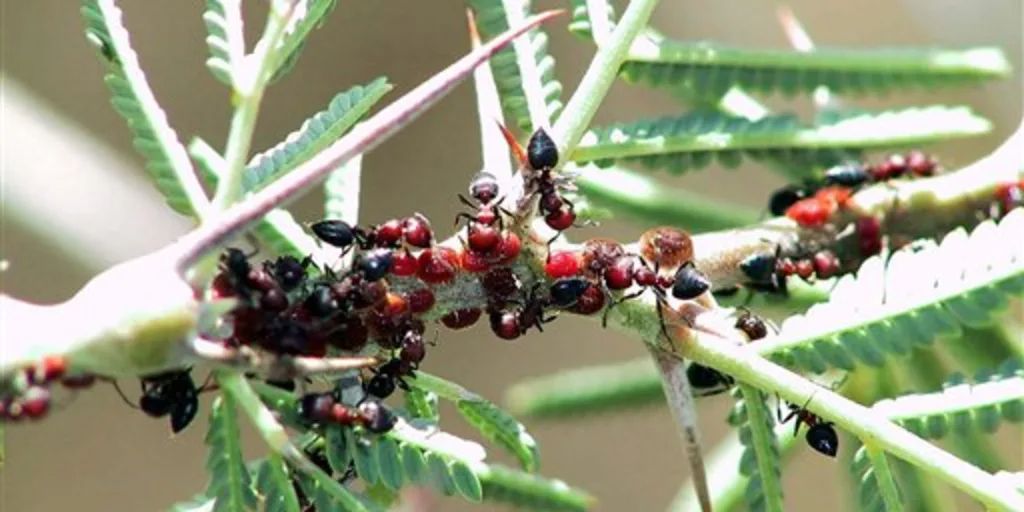
- In some cases, ants live in acacia tree thorns without helping the tree.
- They get shelter, but the tree isn’t affected.
- (Note: some ant-acacia relationships are mutualistic.)
Commensalism vs. Other Ecological Relationships
To understand commensalism better, let’s compare it with other types of symbiotic interactions.
Commensalism vs Mutualism
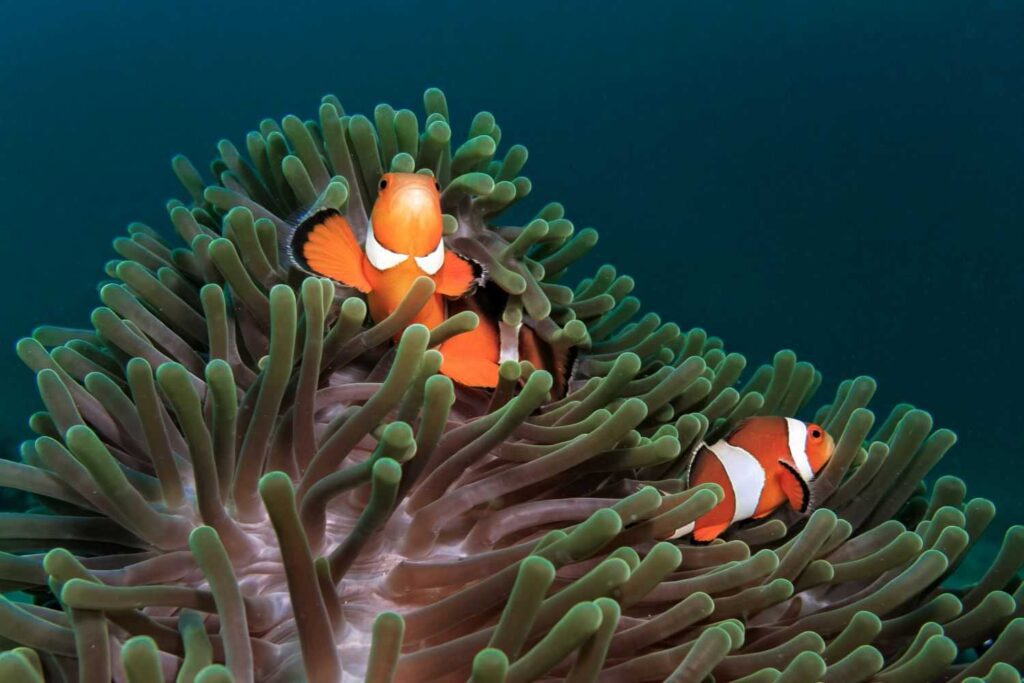
- Commensalism: One benefits, other unaffected.
- Mutualism: Both species benefit.
Example:
- Commensalism: Barnacle and whale.
- Mutualism: Bees and flowers (pollination and nectar).
Commensalism vs Parasitism
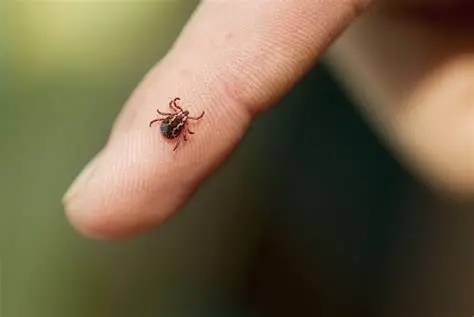
- Commensalism: No harm to host.
- Parasitism: Parasite benefits at the expense of the host.
Example:
- Commensalism: Cattle egret and cow.
- Parasitism: Tapeworm in human intestine.
Commensalism vs Amensalism
- Commensalism: One benefits, other unaffected.
- Amensalism: One harmed, other unaffected.
Example:
- Amensalism: Penicillin mold killing nearby bacteria.
- Commensalism: Epiphyte on a tree.
Importance in Nature
It has several importance in nature. Among them are listed below:
1. Promotes Biodiversity
- Allows many species to share habitats and resources.
- Reduces competition by enabling coexistence.
2. Aids Ecosystem Stability
- Helps maintain a balance without disturbing major food chains.
- Organisms fill different niches.
3. Provides Shelter and Resources
Small organisms can survive in places they couldn’t access otherwise.
4. Natural Waste Recyclers
Through metabiosis, decomposed or discarded materials get reused.
Human Impacts on Commensal Relationships
Human activities like deforestation, urbanization, and pollution can disrupt commensal relationships.
Examples:
- Cutting down forests removes habitats for epiphytes and nesting birds.
- Pollution harms aquatic species that might depend on commensal relationships for survival.
Can Commensalism Change Over Time?
Yes, relationships in nature are dynamic. A commensal relationship can evolve into mutualism or parasitism.
Example:
- Some gut bacteria may be commensal under normal conditions but turn harmful (parasitic) when the immune system weakens.
- Ants living on a plant might begin defending it (mutualism) over time.
Conclusion
Commensalism is a fascinating and often overlooked form of symbiosis where one organism gains something without affecting the other. From birds nesting in trees to barnacles riding whales, this interaction highlights the diversity and interconnectedness of life. Understanding commensalism deepens our appreciation for how species coexist in harmony, and why it’s important to protect even the quiet, unnoticed relationships that hold ecosystems together.
By observing and respecting these subtle interactions, we not only gain scientific insight but also a greater appreciation for the beauty and balance of the natural world.
FREQUENTLY ASKED QUESTIONS
What is commensalism in simple terms?
It’s a relationship where one organism benefits, and the other is not affected at all — not helped, not harmed.
Is a dog and a tick an example of commensalism?
No. That is parasitism, because the tick harms the dog by sucking blood.
Do humans have commensal relationships?
Yes! Our bodies host bacteria on skin and in our gut that don’t harm or help us — classic commensals.
Related Articles




